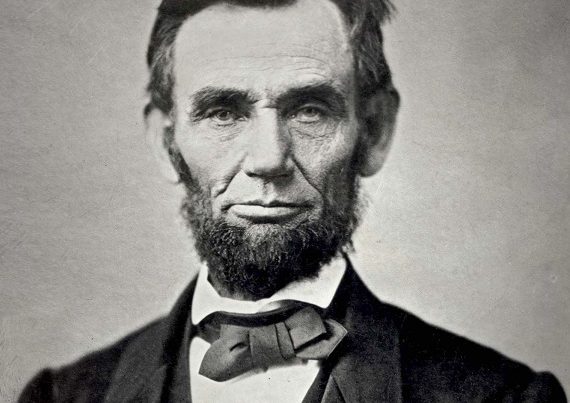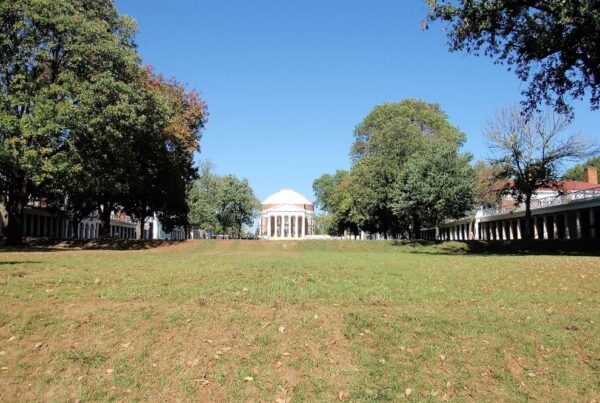
This Thanksgiving, the second of three NFL games will feature one of the oldest (albeit moribund) rivalries in professional football history: the Dallas Cowboys and the Washington Football Team, previously known as the Redskins. Since the late 1970’s, the Cowboys, who with the Detroit Lions always play on Thanksgiving, have been nicknamed “America’s Team.” Yet Washington, who under woke capitalist and legacy media pressure have been forced to scrap their storied mascot, have a much more ancient pedigree than “Them Cowboys.” Indeed, the once named Washington Redskins were the original professional football team of the South.
Original Redskins owner George Preston Marshall moved the franchise, founded in 1932, to Washington, D.C., in 1937. At the time, the District of Columbia was far more of a Southern city than the gentrified hipsterdom it has more recently become, and there were no professional teams south of the Mason-Dixon line. Ever the enterprising entrepreneur, Marshall perceived a business opportunity in advertising his team across the South.
Before the Redskins’ second season in Washington, Marshall asked his wife Corinne Griffith, a retired silent-movie star, to pen the lyrics for a fight song for the team, to be played by the team’s new marching band. “Hail to the Redskins,” which ended with the line “Fight for Old D.C.,” was followed by the opening of “Dixie,” played as a counter-melody. (This practice ended in 1965 after a black fan protested on the grounds that the song provoked racial unrest.) During the 1959-1961 seasons, the lyrics of the fight song were even changed to “Fight for Old Dixie.”
Marshall also promoted the “boys in burgundy in gold” via his radio network, which stretched from New England to Florida. He later added television, and at one point featured the Redskins’ games on 40 television and 100 radio stations, many of which were in the South. The Redskins played exhibition games across the South, including in Mobile, Norfolk, Memphis, Shreveport, Winston-Salem, and Amarillo (the Cowboys were not founded until 1960).
The heavy promotion worked, as the Skins were soon labeled the “Team of the South.” Redskins booster clubs operated in Southern cities, and caravans of Redskin fans from as far away as Georgia traveled to the nation’s capital to see their beloved team. Sportswriters working for Southern newspapers, especially in North Carolina, covered the Redskins as the home team. A journalist was once amazed to discover in Chicago a small contingent of Redskins’ fans who had traveled from Winston-Salem.
“We spent a lot of time in North Carolina, and there were a lot of Redskins fans down that way,” noted Hall of Fame receiver Charley Taylor, who played for the Redskins from 1964 to 1977. “In cities in North Carolina like Raleigh and Durham, they loved the Redskins, they grew up with the Redskins, they learned football through the Redskins.” Indeed, when North Carolina-born quarterback Brad Johnson came to play in Washington in 1999, he told the Washington Post that he grew up a fan, his 1980s childhood room featuring Redskins paraphernalia.
Star Redskins quarterback Eddie LeBaron of the 1950s era also noted the strong connections between the team and Dixie. “I used to speak at luncheons and quarterback clubs all over the South, and we were the ‘Team of the South,’ ” he explained. “The Redskins were in Atlanta and the Carolinas and southern Virginia. That whole area was just a hotbed of Redskins fans.
“They would come to Griffith Stadium (in D.C.) by train. It would be South Carolina day and Virginia day and North Carolina day and Georgia day. It was a big thing.”
Halftime entertainment shows also reflected Southern culture, including inviting a female band from Mississippi Southern College. “Naturally, they will play southern-style music,” the owner told the Washington Daily News on June 19, 1958. “Also for the South, we’ve got the George Wythe Band coming in from Whytheville, Va. They’re a corking good outfit, too.”
Marshall also shrewdly played to Southern support by recruiting standout players from Dixie. This included North Carolina’s Charlie “Choo Choo” Justice and Sonny Jurgensen, Len Hauss of Georgia, and Chris Hanburger of Virginia, among others. Yet Marshall’s recruitment strategy also had a dark side, as the team purposefully avoided black players. Indeed, Washington was the last team to integrate, in 1962, following threats by the Kennedy administration of civil rights legal action.
Obviously Marshall’s racist intransigence is a dark spot on the team’s legacy. It is compounded by the irony that many of the team’s star players from its best teams were black. Doug Williams, who passed for four touchdowns in the second quarter of Super Bowl XXII, was the first black quarterback to lead his team to a championship. That same team featured black rookie running back Timmy Smith, who ran for a Super Bowl record 204 yards. The Redskins of the 1980s and early 1990s, led by Hall of Fame coach Joe Gibbs, also featured African-American standouts such as wide receivers Art Monk, Gary Clark, and Ricky Sanders (“The Posse”), cornerback Darrell Green, and defensive ends Charles Mann and Dexter Manley, among others. Indeed, the Redskins truly came into their own representing “Chocolate City” with such black athletes.
Of course, a discussion of race and the Redskins must make mention of the latest controversy over the team’s allegedly bigoted name. This, unlike Marshall’s obvious racism against blacks, is a bit more complicated. First, multiple polls over many years found that most Native Americans did not find the team mascot offensive. Second is the historical fact that the term “Redskin” actually originates with indigenous American Indians, who used the word to differentiate themselves from Europeans. Third, I have never met a fan who intended the team’s former name to be an insult against indigenous peoples. Indeed, one might argue, as many have, that the moniker was a form of tribute to the martial bravery of American Indians.
Unfortunately such arguments and facts are lost on a woke culture eager to take offense over the latest ersatz controversy. To think that some young Cherokee child living in Oklahoma gets a bad grade on his math test because of the “institutional racism” of the name of a professional football team name is not only risible, it’s insulting to one’s intelligence. I truly believe the United States should make up for past wrongs against Native American peoples. Thinking that changing the name of a football team will make any difference to generational poverty in Indian communities is absurd, though it does temporarily salve the conscience of woke activists.
In this respect, too, one might say that the Washington Football Team still very much identifies with the South, even if Dixie now has many other teams — the Carolina Panthers, New Orleans Saints, Atlanta Falcons, Jacksonville Jaguars, Tennessee Titans, Tampa Bay Buccaneers, Miami Dolphins, Houston Texans, and yes, even those hated Dallas Cowboys — to cheer for. Just as the South is unfairly and hypocritically attacked for being especially racist and prejudiced — where were the Rodney King and George Floyd incidents again? — so have the Redskins been unjustly targeted for epitomizing bigotry. This is despite the fact that the team’s fan base, especially in its many recent awful years, has been predominantly black.
I would argue that this year’s attacks on the former name of the currently-christened Washington Football Team represent simply another manifestation of anti-traditionalism in the name of woke “justice.” Indeed, the team’s name comes from one of its earliest players, Lone Star Dietz, who, regardless of whether or not he was truly part-Indian (the historical record is unclear and hotly debated), was a promoter of indigenous causes and even married a respected Native American artist. The Redskins could have been at the forefront of celebrating Native American culture — an incompetent, vainglorious owner and influential woke corporations, journalists and activists have ensured that will never happen. At least, from what I hear, there are still some pockets of fans in Old Dixie who bleed burgundy and gold.






